KneeFit
Articulated standard protection for knee joints.
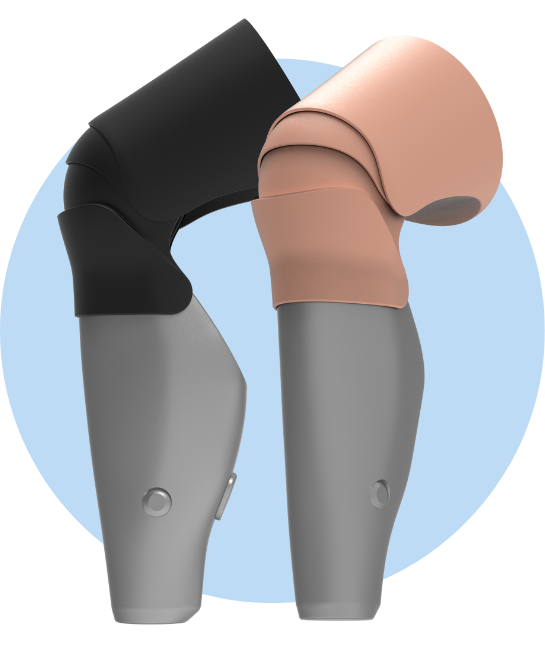
KneeFit covers provide articulated protection for knee joints, while ensuring full functionality and freedom of movement. Designed for a perfect fit to the knee, KneeFit covers fill the gap between the knee and socket, creating a seamless, natural look that prevents clothing from getting pinched or damaged. Ideal for users who prioritize protection with discreet aesthetics.
Designed for Transfemoral Prostheses
Genium | 3R80 | C-Leg | Kenovo | Rheo XC | Quattro | 3R85 Dynion Single size and shape
specifically designed for each knee type.
Firm material
Durable and protective.
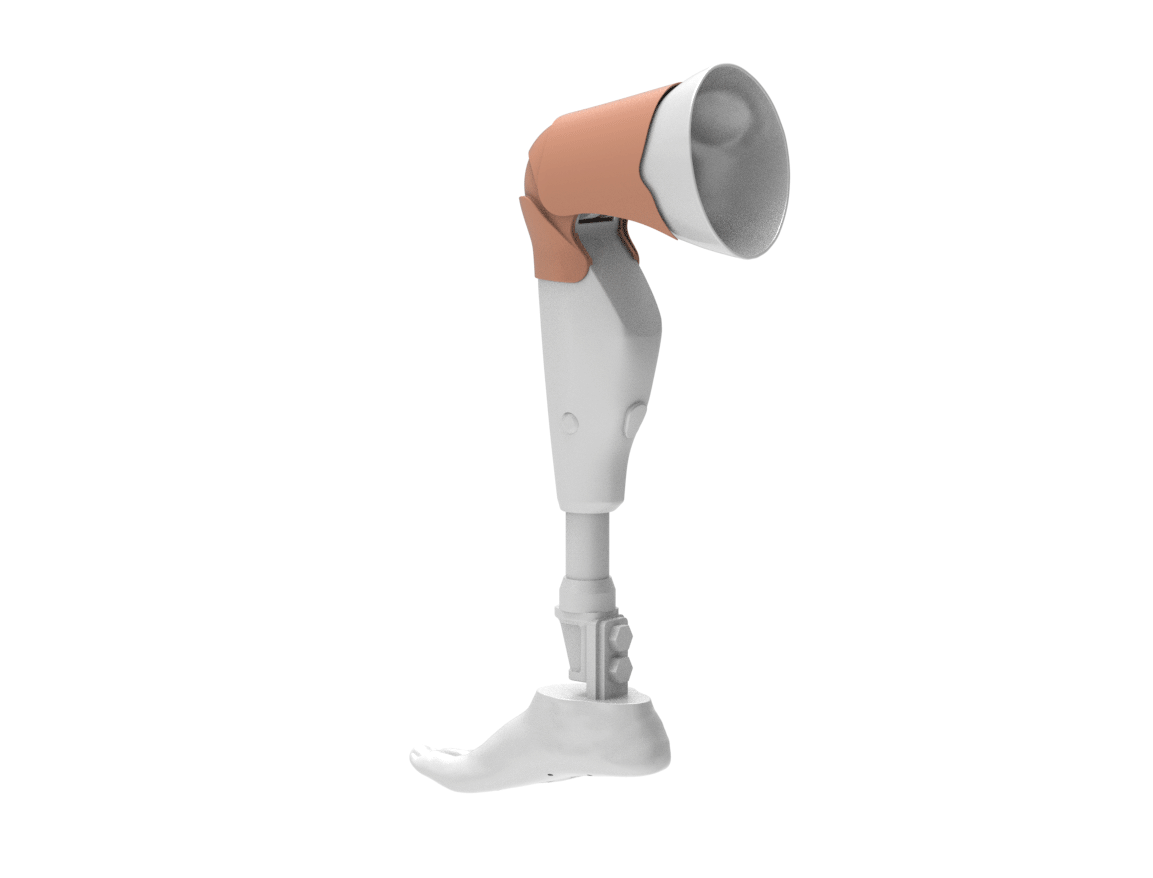
Easy to put on and off
Adjusted with a simple ready-to-go mechanism without clamps.
No photos / scan required
Ready to use after being adapted to the socket by a professional prosthetist.
Stockable
Walk out with your protective cover in a single appointment.
Available in 9 satin colors
OB 12
OB 04
OB 02
OB 0
Ö 01

White

Blue
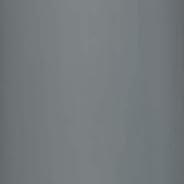
Grey
Black
Note: We strive to accurately display colors on this website, but the final result may vary slightly depending on screen settings. For accurate skin tone references, OB tones align with OttoBock Soft Touch Chart, and Ö 01 corresponds to Össur Skin Tone.
Available for transfemoral prosthesis
Information for professionals
KneeFit is a fast and reliable choice for prosthetic joint protection and seamless appearance, enabling clinics to provide quality solutions in a single visit. Explore additional technical details and resources on our Professional Resources Page.
